Eruption at Shishaldin intensifies, Aviation Color Code raised to Red, Alaska
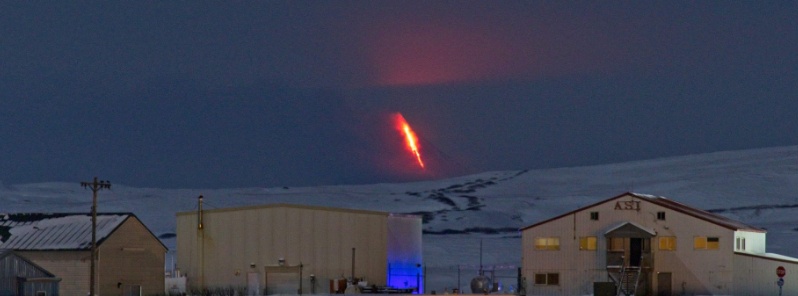
Ash eruption at Shishaldin continues and has intensified as shown in satellite and lightning data, the Alaska Volcano Observatory (AVO) reported at 21:33 UTC on January 7, 2020.
Satellite data suggest the ash cloud is as high as 8.2 km (27 000 feet) above sea level and drifting east-northeast.
The activity prompted AVO to raise the Aviation Color Code from Orange to Red and the Alert Level from Watch to Warning.
Strongly elevated and saturated surface temperatures were observed in satellite imagery earlier today.
It is possible for the current activity to intensify or decrease with little warning, AVO said.
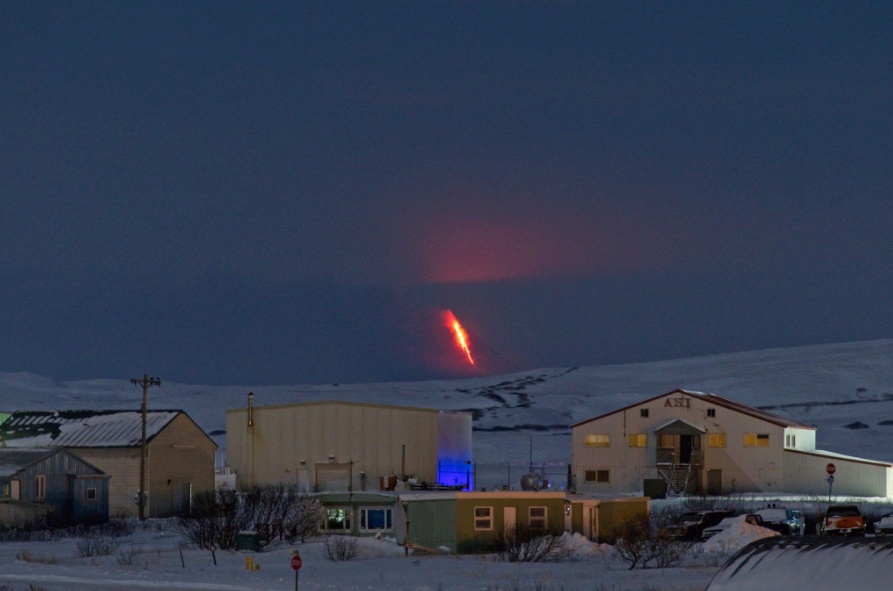
Shishaldin on January 7, 2020. Credit: Aaron Merculief, USGS/AVO
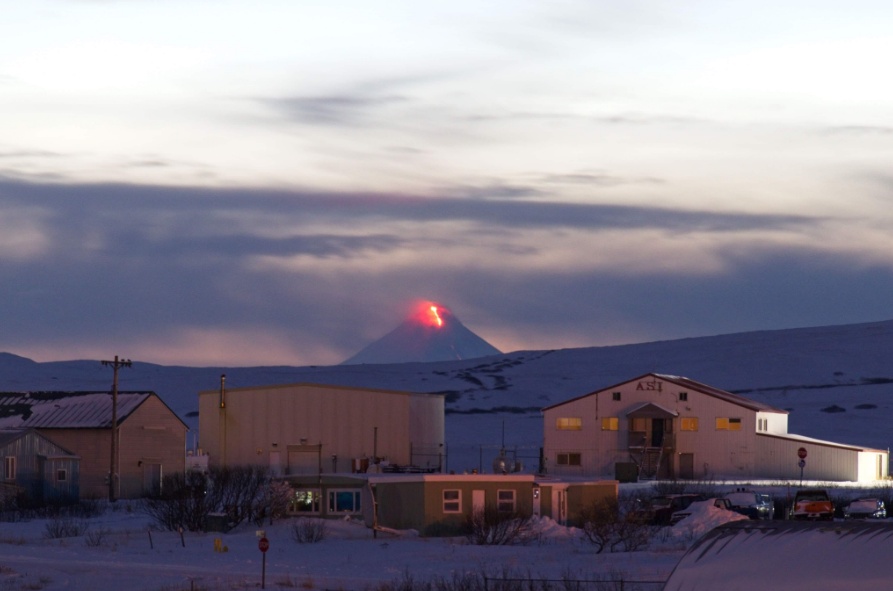
Shishaldin on January 7, 2020. Credit: Aaron Merculief, USGS/AVO
At 21:17 UTC today, ash was extending 130 km (80 miles) ENE.
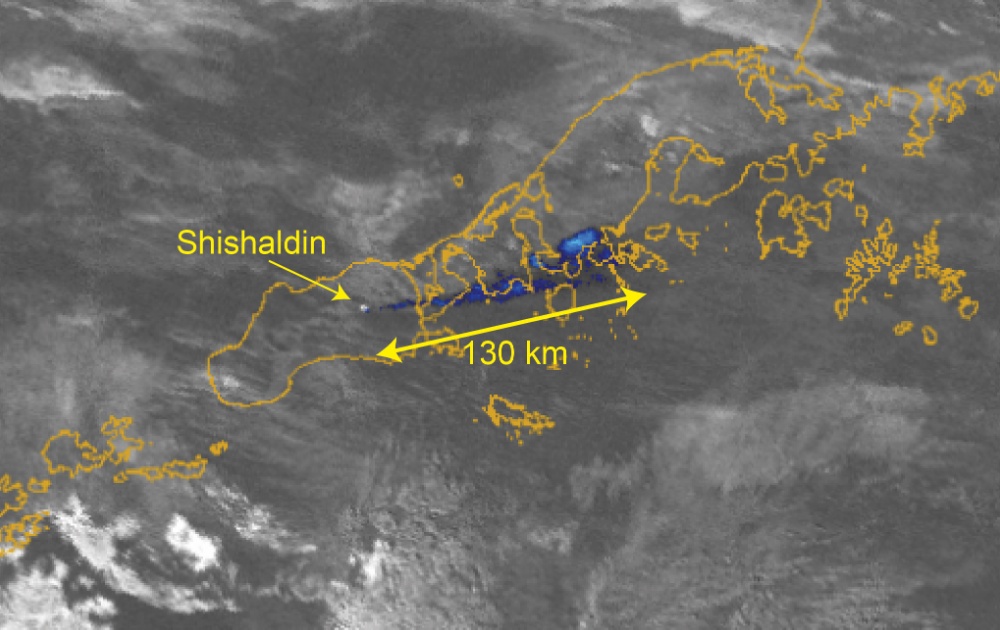

Image credit: NOAA/AVHRR. Acquired: 21:17 UTC on January 7, 2020. Annotation: NWS Anchorage
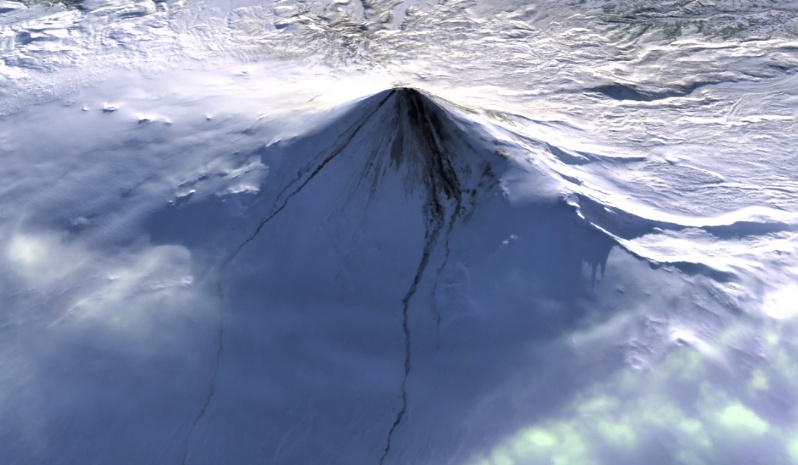

Shishaldin on January 5, 2020. Credit: Copernicus EU/Sentinel-2, Antonio Vecoli
An eruption at 18:52 UTC on January 3, 2020, ejected ash up to 6 – 7.3 km (20 000 – 24 000 feet) above sea level, drifting E-SE.
The level of seismicity has increased to moderate levels that day and several pilot observations of ash clouds have been reported.
The ash cloud visible in satellite data extended 24 – 32 km (15-20 miles), southeast of the volcano.
The image below was captured on January 2, 2020, by Sentinel-2:
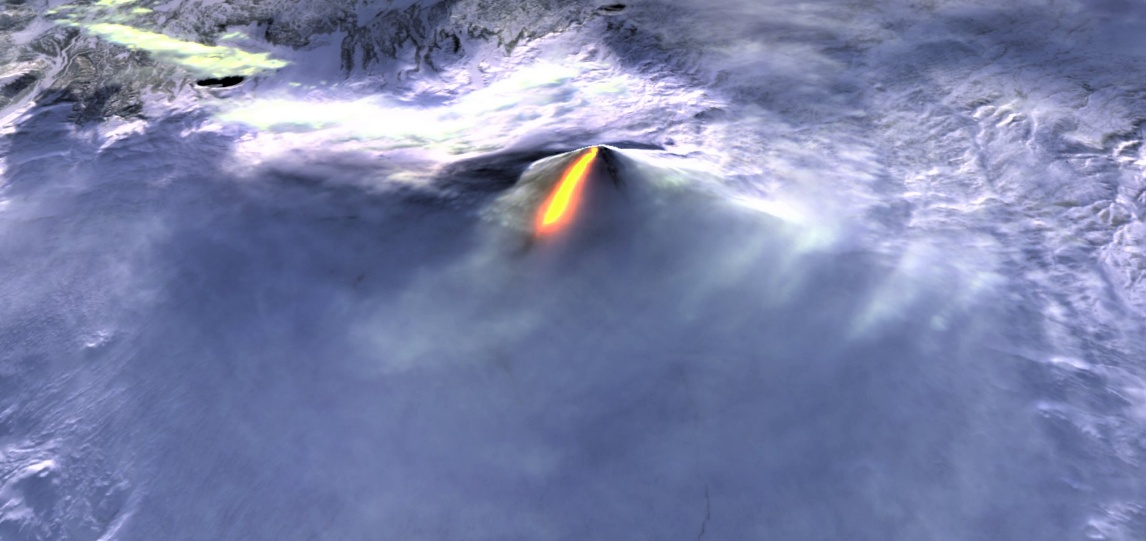

Image credit: Copernicus EU/Sentinel-2 – Natural SWIR / Antonio Vecoli / AdamPlatform
Geological summary
The beautifully symmetrical volcano of Shishaldin is the highest and one of the most active volcanoes of the Aleutian Islands. The 2857-m-high (9 379 feet), glacier-covered volcano is the westernmost of three large stratovolcanoes along an E-W line in the eastern half of Unimak Island.
The Aleuts named the volcano Sisquk, meaning "mountain which points the way when I am lost." A steady steam plume rises from its small summit crater. Constructed atop an older glacially dissected volcano, it is Holocene in age and largely basaltic in composition.
Remnants of an older ancestral volcano are exposed on the west and NE sides at 1 500 -1 800 m (4 920 – 5 900 feet) elevation. There are over two dozen pyroclastic cones on its NW flank, which is blanketed by massive aa lava flows.
Frequent explosive activity, primarily consisting of strombolian ash eruptions from the small summit crater, but sometimes producing lava flows, has been recorded since the 18th century. (GVP)
Featured image: Shishaldin on January 7, 2020. Credit: Aaron Merculief, USGS/AVO

Commenting rules and guidelines
We value the thoughts and opinions of our readers and welcome healthy discussions on our website. In order to maintain a respectful and positive community, we ask that all commenters follow these rules.